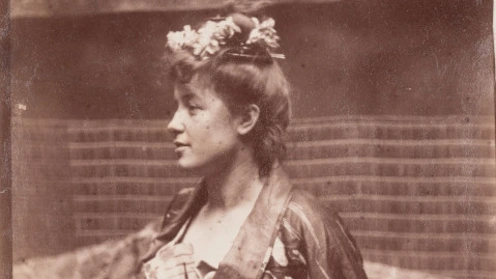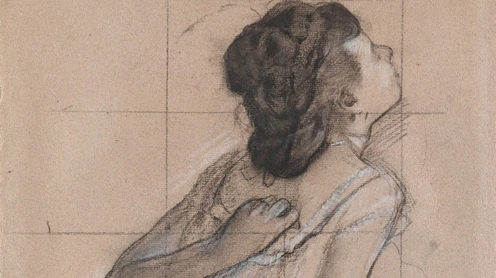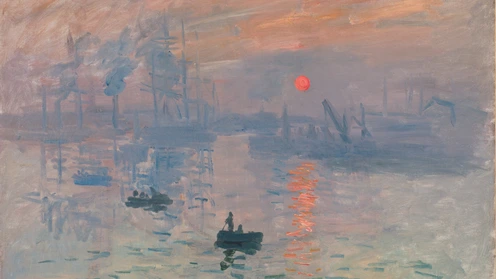Around Louis Robert: Photography in Sèvres under the Second Empire

Ouvriers au repos, Sèvres, entre 1852 et 1853
Musée d'Orsay
Dépôt des archives de la Manufacture de Sèvres
© Musée d’Orsay, Dist. RMN-Grand Palais / Alexis Brandt
See the notice of the artwork
This documentary exhibition traced, through about sixty prints originating from public and private collections, an important stage in the history of French photography under the second empire: the implementation in the early 1850s in the Manufacture de Porcelaine in Sèvres, of a small circle of friends of photography, and its evolution throughout the second empire.
Photography made its appearance in Sèvres in the early 1850s under the initiative of its director Henri-Victor Regnault (1810-1878), father of the painter Henri Regnault, scientist, amateur and, in France, one of the great pioneers of photography. It is Regnault who perhaps initiated Louis Robert (1810-1882), born of a family of painters in the manufactory and himself head of the painting and gilding workshops from 1848 to 1871, to the technique of negative paper. The two men made landscapes and nature-based studies, considered to be amongst the more important works of the beginnings of photography in France, and also portraits of relatives and, so far as Louis Robert is concerned, still lifes and photographs of pieces from the manufactory and of the ceramics museum of a unique accuracy.
Both active members of the Société Française de Photographie created in 1854 (Regnault became its first president as early as 1855), they had a decisive influence on the implantation of photography in Sèvres. Under Robert's initiative, a photographic workshop was created in the 1850s aimed essentially at producing documentaries and advertisements, but which produced a few of the most beautiful still lives of the time, among his relatives and acquaintances.
From 1855 onwards and until the 1870s, other painters and gilders of the manufactory produced genre scenes demonstrating a great originality, depicting the life of the bourgeoisie or true "living paintings", half way between the interests of the pioneers of the former decade and the commercial photography of the second empire. This exhibition also traced the story of the families of several artists linked to the manufactory, the evolution of photography under the second empire.
The exhibition is now over.
See the whole program




